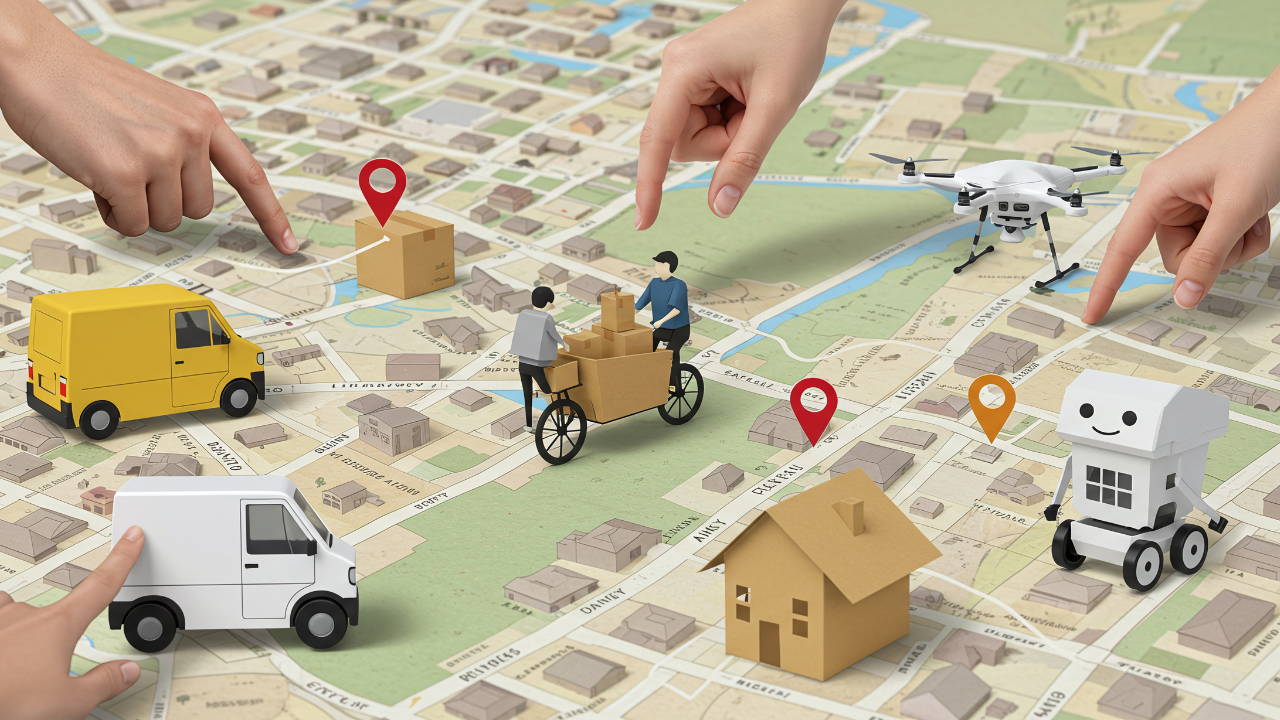
The global logistics and supply chain industry has undergone massive changes in the last decade. With the rise of e-commerce, just-in-time delivery, and increasing consumer expectations, companies can no longer rely on traditional methods of transport coordination. Customers today expect not only fast delivery but also constant updates—from the moment an order is placed until it arrives at their doorstep.
This expectation has fueled the demand for modern Transport Management Systems (TMS). A reliable TMS doesn’t just help businesses plan and optimize transport operations; it ensures transparency, efficiency, and customer satisfaction throughout the journey. In fact, studies show that over 86% of customers are more likely to remain loyal to a brand that offers real-time shipment visibility.
The objective of this blog is to highlight the importance of customer-centric transport management, the key features of a reliable TMS, and best practices for building systems that keep customers informed at every stage.
Solutions like LogiTrac360 powered by Zoho are at the forefront of this transformation. By combining ERP, CRM, and advanced logistics tools, platforms like these empower businesses to not only streamline transportation but also enhance the customer experience with real-time updates, predictive insights, and seamless integrations.
A Transport Management System (TMS) is a software solution that helps organizations plan, execute, and optimize the physical movement of goods across supply chains. It serves as a central hub that integrates carriers, shippers, warehouses, and customers into one streamlined platform.
Unlike conventional logistics systems that focus primarily on shipment records or billing, TMS provides:
This shift from internal efficiency to customer-centric transparency sets TMS apart in today’s competitive environment.
In the age of same-day deliveries and on-demand services, customer expectations have changed drastically. Transport is no longer just about moving goods—it’s about creating a seamless experience.
Customers today are accustomed to transparency in everything they purchase. Just as they track ride-sharing services or food delivery apps in real time, they expect the same for parcel and freight deliveries.
When customers know where their orders are and when to expect them, it fosters trust. Conversely, lack of communication leads to frustration, negative reviews, and lost loyalty.
By prioritizing communication through TMS, companies can turn logistics into a competitive differentiator rather than a pain point.
The effectiveness of a TMS depends largely on the features it offers. Below are the most critical components of a customer-centric TMS:
This level of visibility reduces uncertainty and strengthens confidence in the service.
Automation ensures that communication happens without manual intervention, reducing errors and delays.
Optimized routing benefits both the business (lower costs) and the customer (faster deliveries).
An effective TMS should integrate seamlessly with:
By connecting the dots, organizations eliminate silos and ensure data consistency across the supply chain.
Analytics not only improve efficiency but also help organizations personalize customer experiences.
A customer-facing portal allows:
This reduces the workload on customer service teams while empowering customers with control.
Transparent and customer-focused transport management brings several benefits:
For businesses, this means turning logistics from a cost center into a value-adding function.
While the benefits are clear, organizations often face hurdles in implementing a modern TMS:
Developing or deploying a TMS requires significant investment in technology and training. Cloud-based solutions can help mitigate this barrier by reducing infrastructure expenses.
Drivers, staff, or even customers may resist digital transformation. Overcoming this requires effective training and change management.
With real-time data sharing comes the responsibility of ensuring cybersecurity. Organizations must choose vendors that comply with global data protection standards.
To build an effective and future-proof TMS, businesses should adopt the following practices:
A well-structured implementation strategy ensures long-term ROI and customer satisfaction.
Transport management has evolved from a back-end logistics function into a critical customer-facing capability. A reliable TMS doesn’t just plan and execute shipments—it strengthens trust by keeping customers informed at every step.
By focusing on key features such as real-time tracking, automated notifications, route optimization, system integration, analytics, and self-service portals, businesses can transform logistics into a competitive advantage. While challenges like costs, adoption, and security exist, best practices and modern cloud-based solutions can help overcome them.
Platforms like LogiTrac360 powered by Zoho exemplify how advanced TMS solutions can deliver on these promises. By integrating real-time visibility, predictive analytics, and seamless communication tools, LogiTrac360 enables businesses to not only improve operational efficiency but also create lasting customer loyalty.
At the end of the day, a reliable TMS is not just about moving goods from point A to point B—it’s about building transparent, trust-driven relationships with customers, ensuring they feel informed and valued every step of the way.
